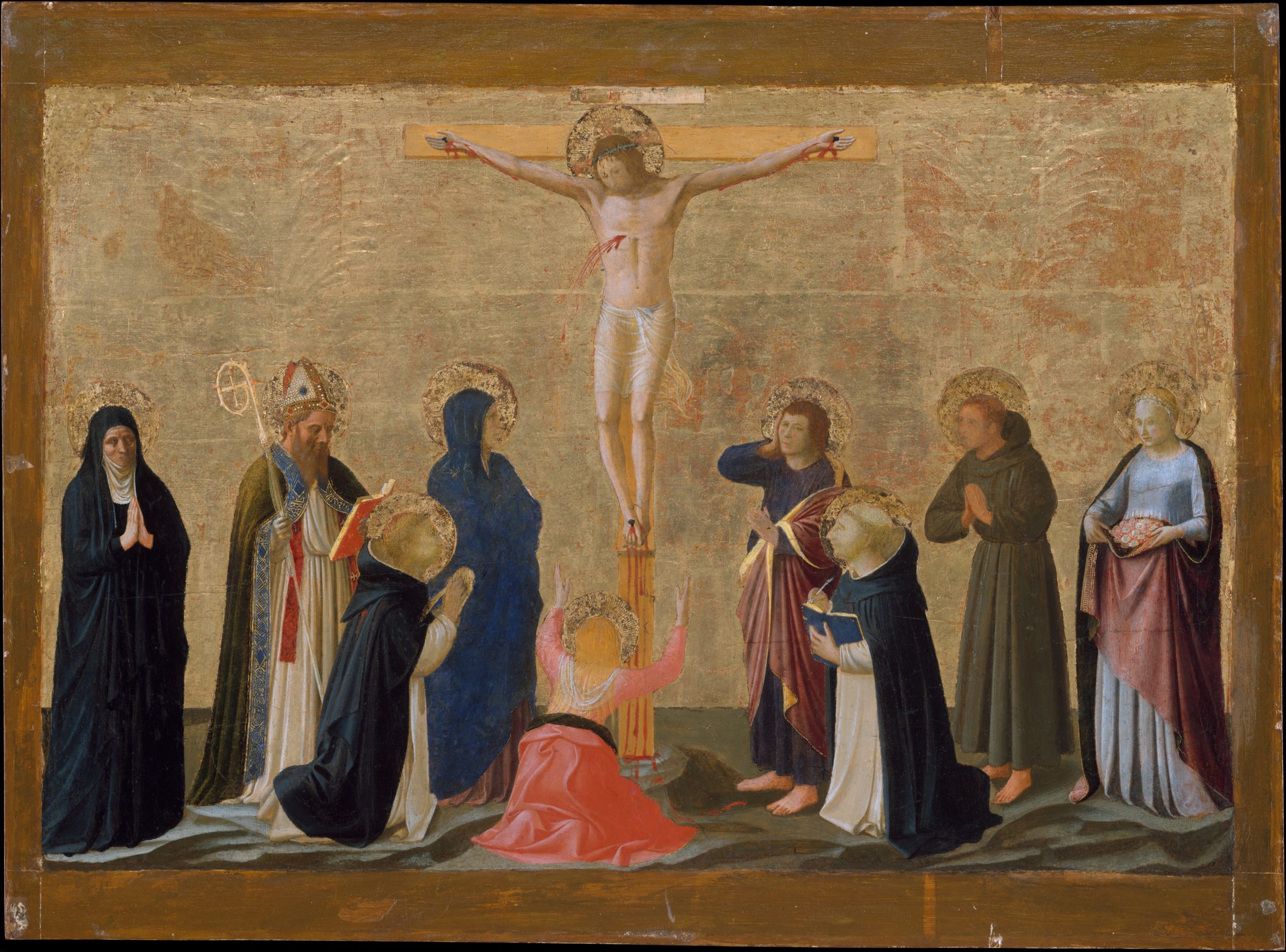 hen most people hear the word crucifixion, they think of Jesus Christ. He was by far the most renowned person to be crucified, and his death transformed a tool of cruel capital punishment into a sacred figure. It would have been the same as gracing your churches with gallows or a guillotine for medieval folks. To be sure, it was a sick concept, but the cross, the instrument of crucifixion, was a morbid gibbet.
hen most people hear the word crucifixion, they think of Jesus Christ. He was by far the most renowned person to be crucified, and his death transformed a tool of cruel capital punishment into a sacred figure. It would have been the same as gracing your churches with gallows or a guillotine for medieval folks. To be sure, it was a sick concept, but the cross, the instrument of crucifixion, was a morbid gibbet.
Despite its modern associations, crucifixion was a frequent form of punishment that had a lengthy history in the ancient world. Throughout history, tens of thousands of individuals were crucified by various regimes and rulers over a thousand years.
Who started the use of the Crucifixion?
Crucifixion as a form of punishment was common in the ancient world. It was a cheap, effective, and painful punishment that had a strong deterrent effect. The Persians, Romans, Carthaginians, and Macedonians all utilized crucifixion frequently. The practice first appears significantly in the 6th century BCE and continues until the 4th century CE.
Crucifixion did not begin or finish with the crucifixion of Jesus; rather, he was a single figure among a sea of nameless victims put onto crosses all throughout the known globe.
It wasn’t until Emperor Constantine the Great of Rome issued an edict outlawing crucifixion within the empire that the practice fell out of favor. As Rome’s first Christian emperor, Constantine prohibited crucifixion as a means of honoring Jesus Christ.
Even after the crucifixion had fallen out of favor, it was nevertheless employed to make emotional points throughout history. Christians were often crucified for their faith, beginning with Christ’s disciples and continuing into the twentieth century. People would use the old form of punishment to execute Christians because they seemed to revere the cross so much. Darius I of the Persian Achaemenid Empire was responsible for one of the earliest instances of mass crucifixion.
In the early days of Darius’ reign, another monarch named Arakha declared himself Nebuchadnezzar IV and took possession of the vital city of Babylon. Darius responded by dispatching one of his trusted generals, Intaphrenes, to reclaim the city. He soon retook the city with little resistance, but Arakha and his companions were crucified.
According to current estimations, 3,000 persons were crucified in Babylon that day.
The Carthaginians were known for crucifixion, which they utilized on victims of all socioeconomic strata. During their period of intensive cultural and military exchanges, Carthage most likely passed this tradition on to the Romans. When their generals and leaders failed in battle, the Carthaginians were known to crucify them as a lesson to others.
Who was Crucifixion used on?
Crucifixion was a type of punishment designated for certain types of offenders and rebels. Simple or common crimes like rape, robbery, or even murder were rarely punished by crucifixion. Instead, individuals considered a menace to the peace were the most usually handed the terrible punishment. Slaves, pirates, political agitators, rebels, and religious heretics have all been deemed a menace to wider disturbance. They were criminals who the state thought needed to be punished.
The Jews were one of the most persecuted communities. Following the Jewish Revolt in 70CE, the Romans would order the crucifixion of everyone from Jesus Christ to thousands of rebels. It was, however, repugnant to give such a heinous punishment to complete citizens.
Crucifying a Roman citizen in good standing was considered a perversion of justice. This punishment was meted out to persons who had given up their rights and were no longer considered citizens.
Cicero spoke highly of crucifixion calling it “a most terrible and loathsome punishment”. Many people see only Jesus depicted to have died from Crucifixion, but the truth is that thousands of people have been killed through the use of this method, and sometimes in the masses.
At the end of the Third Servile War in 71BCE, one of the most infamous instances of mass crucifixion occurred. This was a large slave insurrection led by trained gladiators. At its peak, nearly 100,000 slaves and impoverished Romans marched across Italy’s spine, posing a major threat to Rome. However, the rebellion was eventually put down.
To dissuade future slave revolts, 6,000 rebels were crucified along the Appian Way. They were allowed to hang on their crosses for miles as a message to others. Revolting will result in death and terrible punishment.
To dissuade future slave revolts, 6,000 rebels were crucified along the Appian Way. They were allowed to hang on their crosses for miles as a message to others. Revolting will result in death and terrible punishment.
Those crucified were frequently left to languish on their crosses until their flesh melted and their guts were picked clean by nature. The end consequence would have been terrifying. Flies fly around a half-rotten corpse dangling from a cross of wood above the road.
People traveling along the Appian Way on their way to or from Rome would have seen dozens of corpses in varied positions, forms, and states of decay. It was a strong message.
Avid Writer with invaluable knowledge of Humanity!
Upcoming historian with over 30 million views online.
“You make your own life.”





